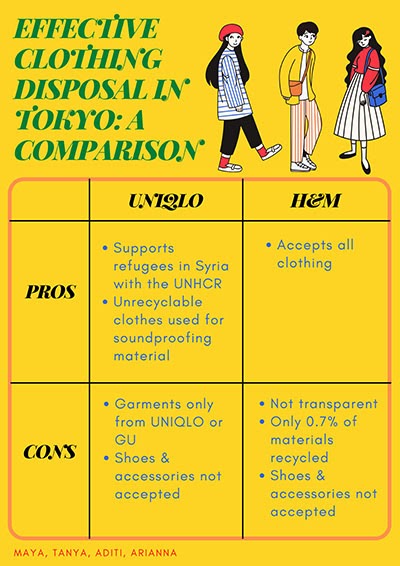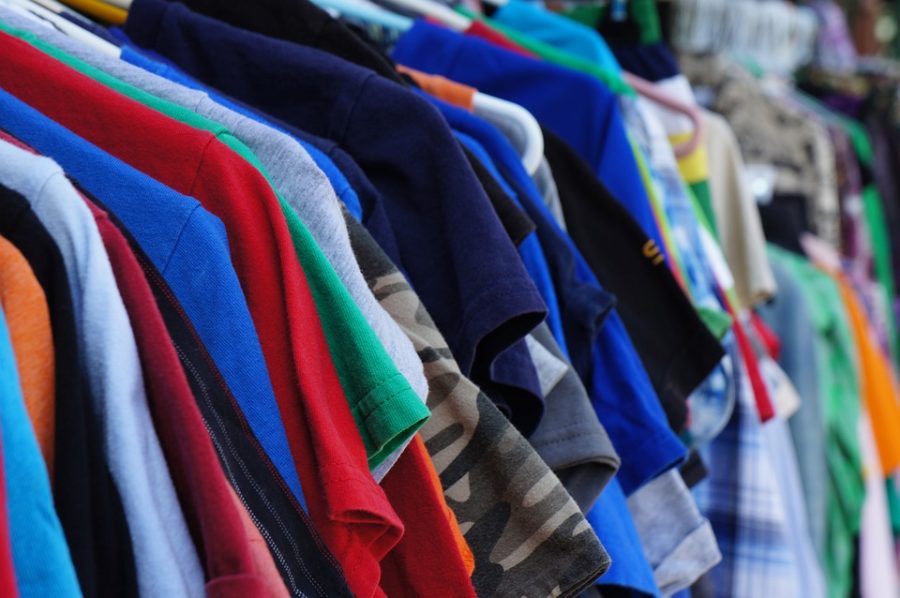meandcolors, Pixabay
Best places to donate clothes effectively
As the world is becoming more aware of the issues surrounding the methods of clothing disposal, donating clothes has become a common practice. Most consumers dispose of their clothes via donation assuming that it serves a good cause. However, most consumers are unaware of the many environmental and social consequences that come with that.
In reality, the majority of donated clothes are exported to countries such as Malaysia and Pakistan where their local textile markets are affected by the influx of used clothing. Issues regarding wearability are highly prevalent due to the state and condition that these donated clothes are in, whilst a great deal of textile donations that are exported are ultimately sent to landfills or burned.
When wanting to donate clothes in Japan, UNIQLO, has one of many viable options to donate clothes consciously and has a very successful recycling program where you can drop off any amount of wearable clothes at a drop box in almost any location in Japan.They only accept clothes made by UNIQLO or GU, and tend to be strict with the conditions that the clothes are in to ensure they will make good use of them later. They also only accept articles of clothing such as shirts, pants, skirts,etc, shoes. Bags are not accepted. UNIQLO is very transparent regarding where these clothes go. By collaborating with the UNHCR (a refugee organization run under the UN), they were able to find ways to use their donations to support refugees in Syria. UNIQLO takes in donated clothes, recycles the fabric into new new clothes, and uses clothing that cannot be reused or donated as fuel or soundproofing material.

There is a common misconception that worldwide popular store H&M is making a conscious effort to reduce environmental consequences by providing a donation program. They accept clothes from all brands in all kinds of conditions, however they do not accept things like shoes, bags, accessories. With a 500 yen coupon with every bag you donate, H&M tries to encourage people to donate their clothes. However, this coupon can only be redeemed once 3,000yen worth of clothes are purchased. This policy is contradicting their cause and customers are actually unknowingly encouraged to buy more clothes in an effort to increase H&M sales.
Despite this, there is some transparency and truth to the clothes that are being recycled. The Great Eco Journey Co. published an article quoting Catarina Midby, the sustainability manager at H&M UK and Ireland. She states that about 60% of the clothes that are received for donating purposes are given to thrift stores. With this being said it is unclear what happens to the clothes once they are donated, making it hard to figure out whether their efforts to donate their clothes are effective or not. The clothes that cannot be re-worn are reused and recycled (about 5-10 percent) are recycled into fibers to ultimately make new clothes. According to the CBC news this results in only 0.7 percent of the materials used in clothing across H&M’s brands being recycled.
